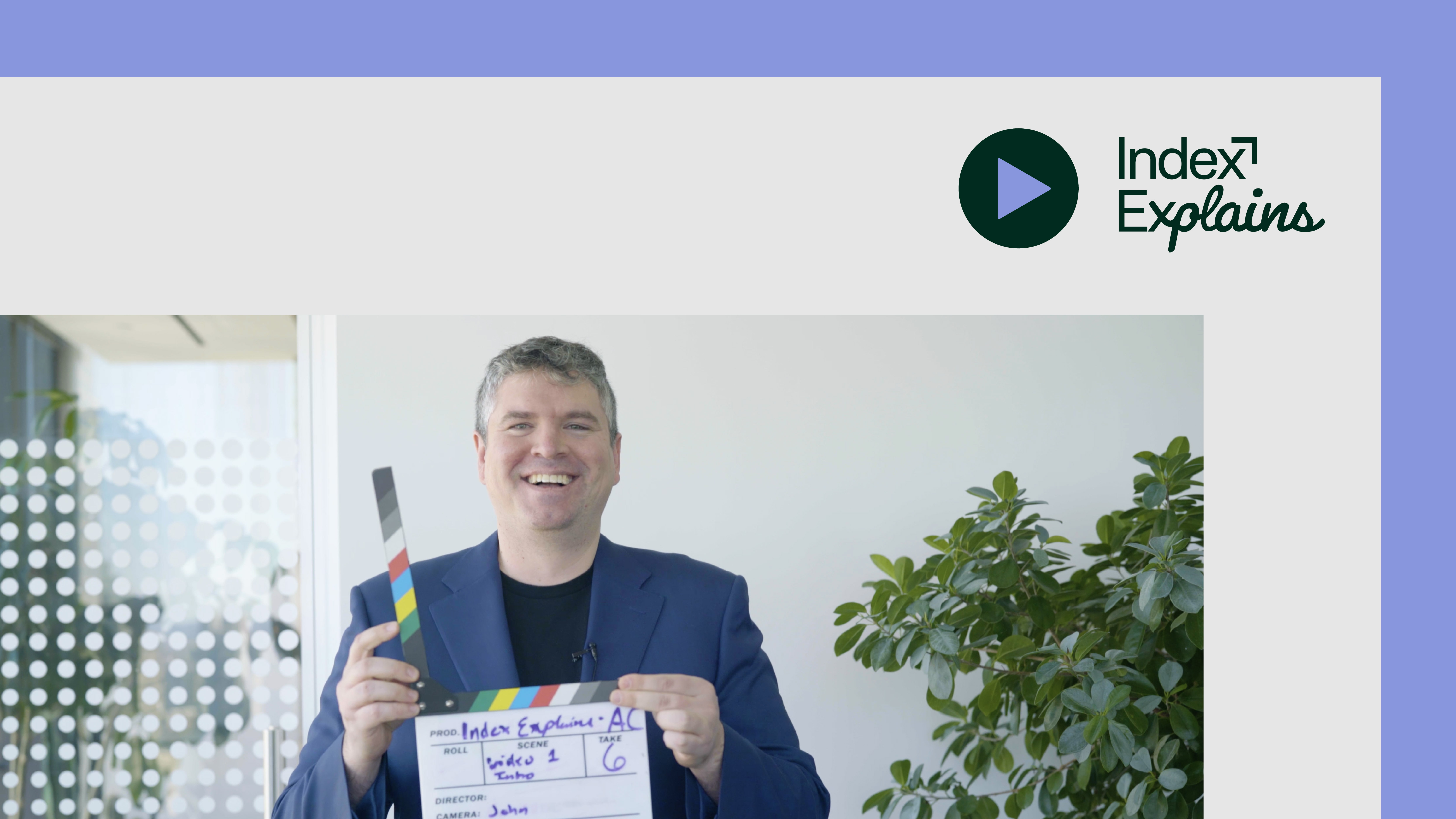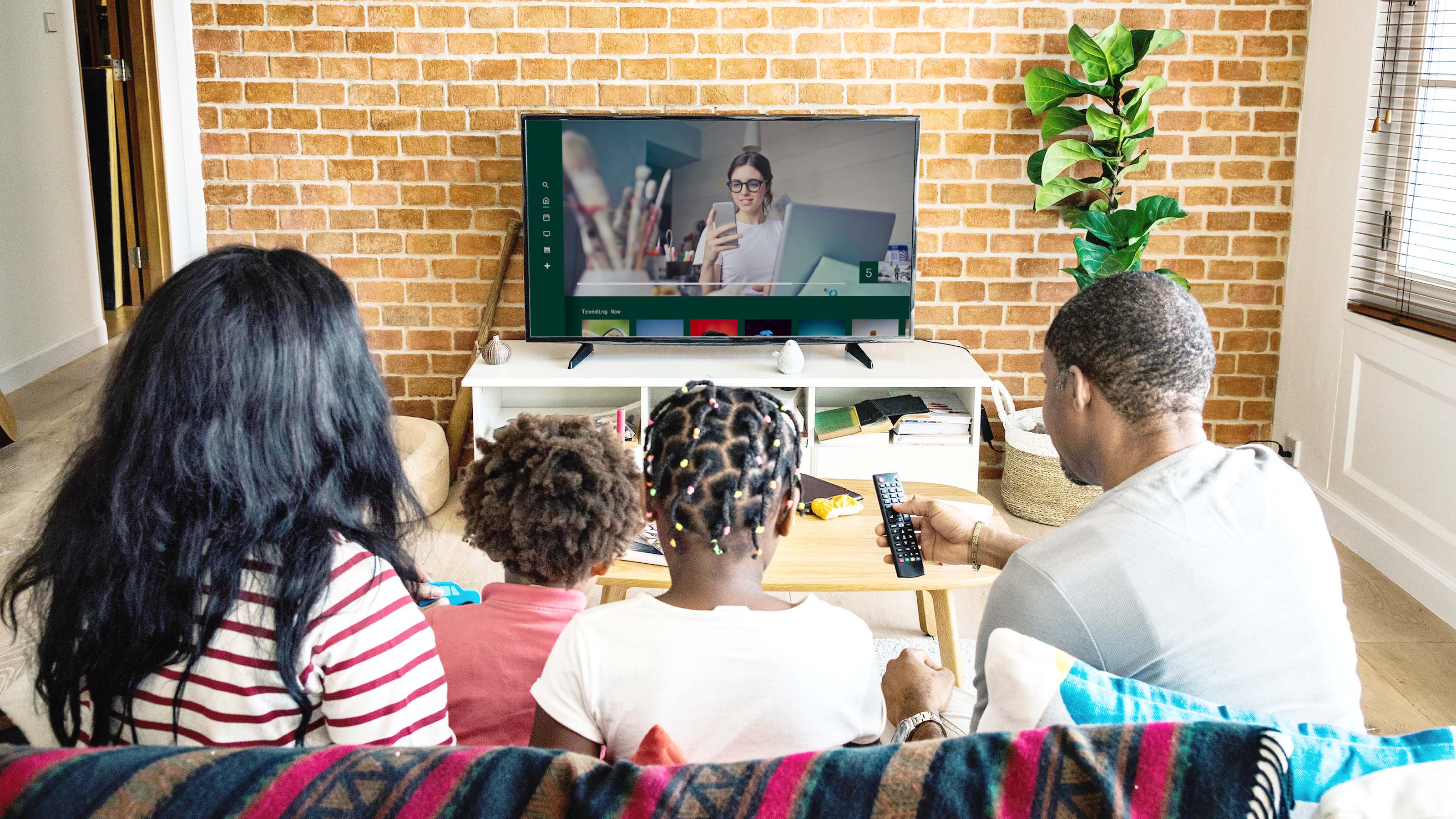Types of programmatic deals
The traditional linear TV and broadcast world was built on one-to-one and handshake deals, which now extends to the streaming TV world, too. Because doing deals in streaming TV goes back to the more traditional model from the TV world, it’s different from how display and other programmatic inventory is transacted.
There are several ways to buy and sell TV inventory, both through traditional insertion orders or IOs, and programmatically:
- First are the traditional upfronts, an annual period in which marketers and agencies negotiate year-long deals with networks where they commit to spend a certain amount on advertising for specific programming in that network’s lineup.
- Then we have the traditional scatter market, which refers to all the inventory that is not bought during the upfronts. Media buyers reserve some of their budget for scatter buys throughout the year, which allows for more flexibility around cost, scale, and seasonality.
- And finally, we have programmatic buys. Both upfront and scatter buys can also be transacted programmatically, which gives buyers more control and flexibility through targeting, measurement, and optimisation capabilities.
Now let’s look more closely at the different types of programmatic deals that we typically see.
Programmatic guaranteed deals, which essentially replace manual upfronts and IOs with programmatic buys. These are guaranteed buys between a single media owner and single buyer for specific, reserved inventory at a set price negotiated between the two parties.
Preferred deals, sometimes called programmatic non-guaranteed, are also one-to-one deals where a media owner offers specific inventory to a buyer at a set price. However, the inventory is not reserved. The buyer has the first chance to bid on the opportunity at the agreed-upon price before it moves to a wider auction.
Private auctions are private marketplaces, or PMPs, where a media owner invites an exclusive group of buyers to participate. The media owner sets their desired floor price and participating buyers can bid on available inventory, which is not reserved or guaranteed. Media owners may set up private auctions with a select group of buyers to share enhanced content signals with just that group rather than all buyers in the market.
All three of these deal types originate with the media owner. The ad server and SSPs it’s integrated with act as facilitators in the deal.
Finally, we have inventory packages or auction packages, which offer select inventory curated by an SSP. Buyers can customise by category, genre, livestream, device, format, and other criteria using a specific list of media owners. Buyers bid just as they would in an open auction, but through a streamlined workflow that curates only premium and relevant inventory from a collection of media owners. Inventory packages bring simplicity and scalability to the streaming market, while introducing another way for media owners to get their inventory in front of buyers.
All of these deals are transacted using deal IDs, a unique identifier generated by a media owner’s ad server or an SSP. The deal ID is shared in the bid request, where the media buyer can match it on their end, and participate in the deal by returning a bid response with the same deal ID.
Deals are essential to transacting in the programmatic streaming market where there is finite premium inventory available. They perfectly pair the efficiencies, control, and flexibility of programmatic with the way traditional TV has been bought and sold.
Media owners can offer more transparency or signals with pricing that accurately reflects that added value, and media buyers can balance the needs of their buy against cost efficiencies to pick the most optimal route to inventory.
Learn more about the streaming TV opportunity.






